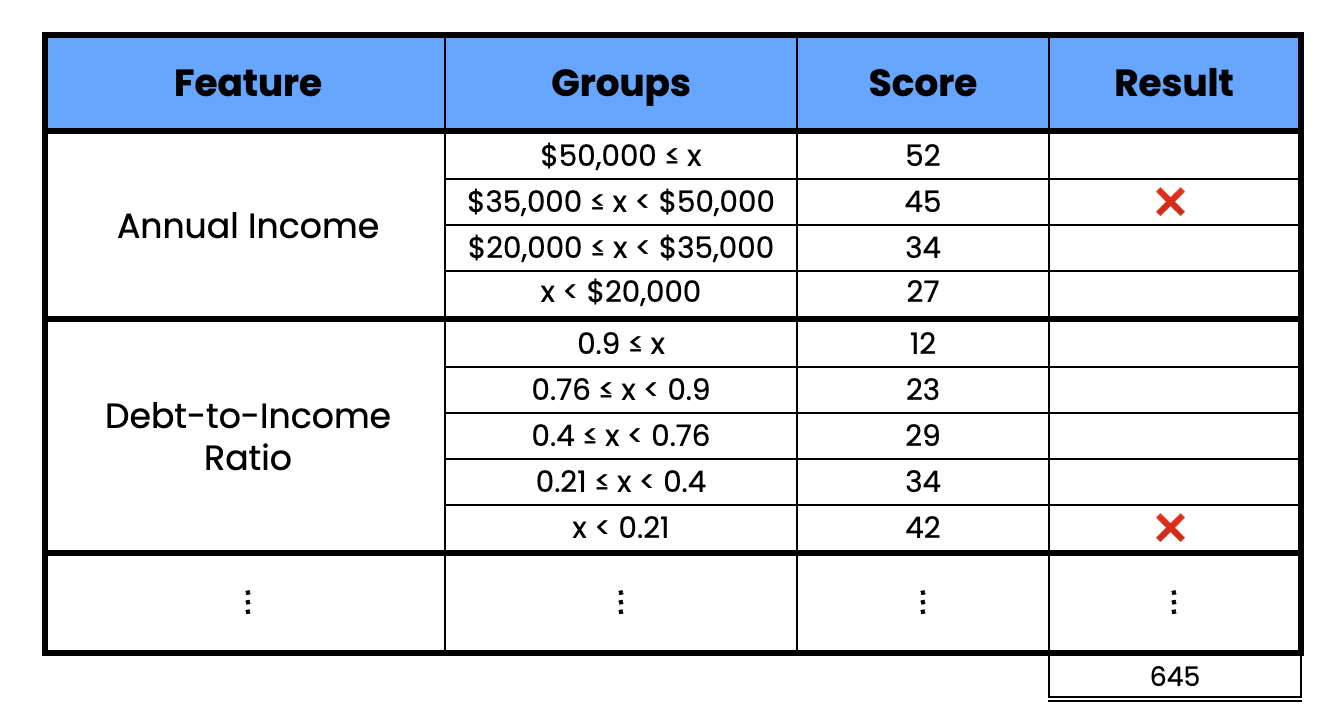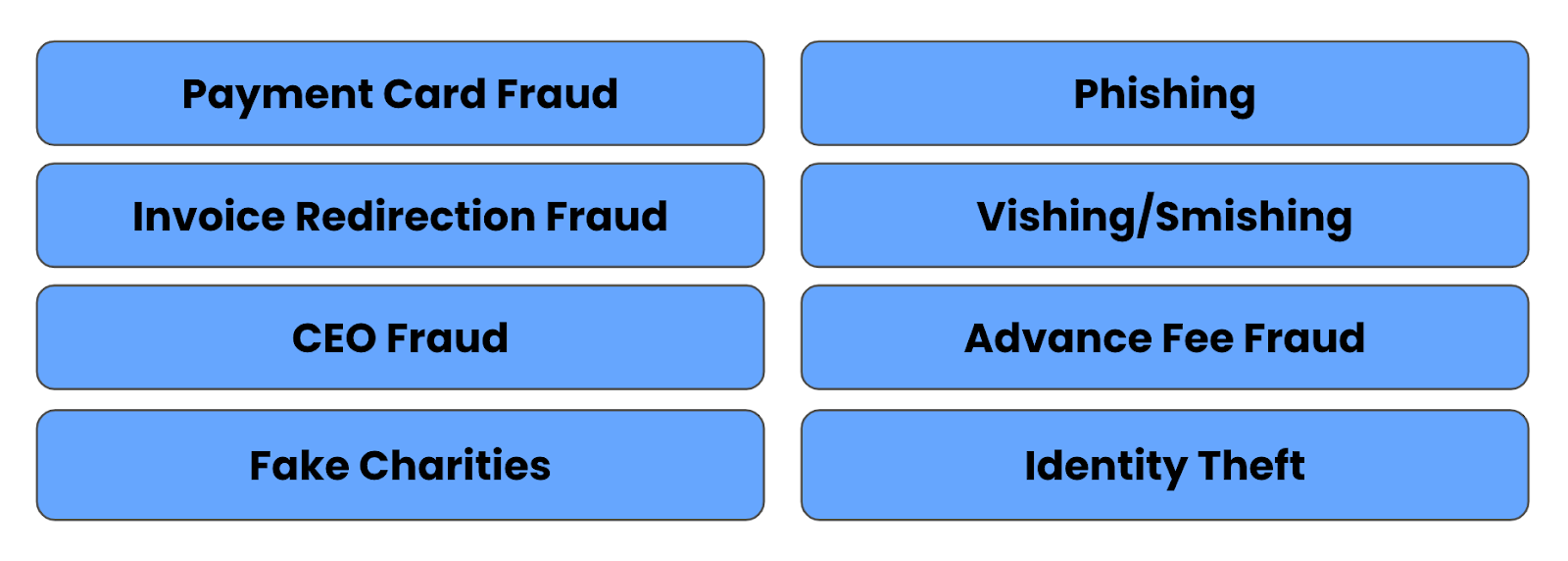track
AI in Banking: How AI Is Transforming the Banking Industry
Elevate Your Finance Team's Data Skills
Train your finance team with DataCamp for Business. Comprehensive data and AI training resources and detailed performance insights to support your goals.
Rather than trying to create models that are inherently interpretable, there has been a recent explosion of work on “Explainable ML,” where a second (posthoc) model is created to explain the first black box model. This is problematic. Explanations are often not reliable and can be misleading, as we discuss below. If we instead use models that are inherently interpretable, they provide their own explanations, which are faithful to what the model actually computes.
Cynthia Rudin, Duke University, Durham, NC, USA
Elevate Your Team's AI Skills
Transform your business by empowering your team with advanced AI skills through DataCamp for Business. Achieve better insights and efficiency.
Learn more about AI!
course
AI Ethics
course
Responsible AI Data Management
blog
5 obstacles standing in the way of AI adoption in financial services
DataCamp Team
5 min
blog
25 Practical Examples of AI Transforming Industries
Nahla Davies
16 min
blog
Building trust in AI to accelerate its adoption
DataCamp Team
5 min
blog
AI in Finance: Revolutionizing the Future of Financial Management
Shawn Plummer
8 min
blog
Data Science in Banking: Fraud Detection
Elena Kosourova
11 min
blog
How is AI Used in Manufacturing?
Kurtis Pykes
9 min


